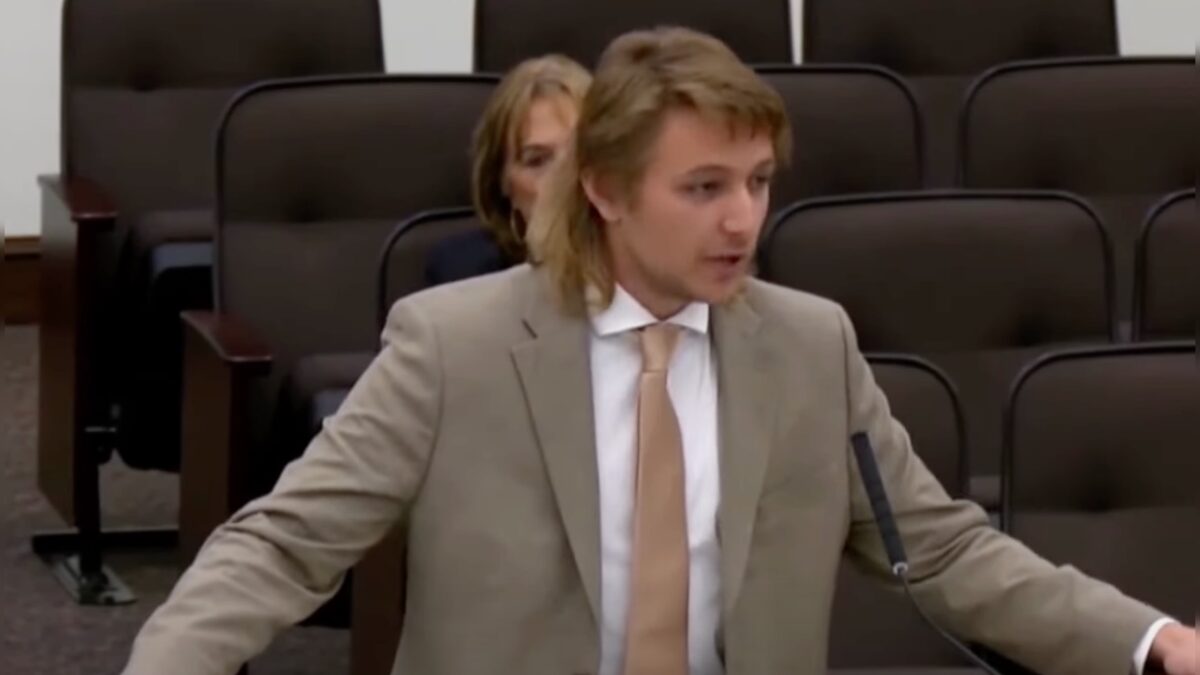Texas Floods and Cloud Seeding: What Really Went Down?
The weather tech world is buzzing. A big claim has surfaced from Rainmaker’s CEO, Augustus Doricko. Two days before the catastrophic flooding in central Texas, cloud seeding operations were underway.
NBC News reported that planes released silver iodide into the Texas sky just two days before the floods hit, a disaster that claimed over 100 lives. Doricko stands by his statement that the seeding mission didn’t trigger the floods.
WATCH:
Bloomberg added more details. According to their report:
“According to Doricko, Rainmaker flew a brief 20-minute cloud seeding mission in south-central Texas last Tuesday, but suspended all operations that same day due to abnormally high moisture content in the air. The two clouds seeded during the Tuesday flight would have dissipated after a few hours and would have had no effect on the floods several days later, he added.
Cloud seeding involves using chemicals, often particles of silver iodide, to trigger the formation of ice crystals or droplets from water that’s already present in a cloud but not being efficiently turned into rain. Though the technique has been studied for decades, it remains difficult to predict the additional rainfall that cloud seeding operations can generate, with estimates ranging widely from 0% to 20%.
What’s clear is that the technique would not have been able to generate the record-breaking rainfall seen in Texas. So much rain fell that the Guadalupe River at Kerrville, one of the epicenters of the floods, rose some 26 feet (8 meters) in less than an hour overnight on Friday.
“Based on the meteorological evidence, the Texas floods were caused by a powerful natural weather system, with thunderstorms fed by very moist air from the warm Gulf of Mexico,” said Andrew Charlton-Perez, professor of meteorology at the University of Reading in the UK.”
Doricko later took to social media to explain further. In a post on X, he stated, “The last seeding mission prior to the July 4th event was during the early afternoon of July 2nd, when a brief cloud seeding mission was flown over the eastern portions of south-central Texas, and two clouds were seeded.”
He added, “The clouds that were seeded on July 2nd dissipated over 24 hours prior to the developing storm complex that would produce the flooding rainfall.”
LOOK:
The debate on weather modification is far from over. While some argue these operations are harmless, others question what role they might play in extreme weather. For now, the facts stand clear: the cloud seeding mission was a short, controlled experiment that ended well before the floodwaters arrived.


Leave a Comment